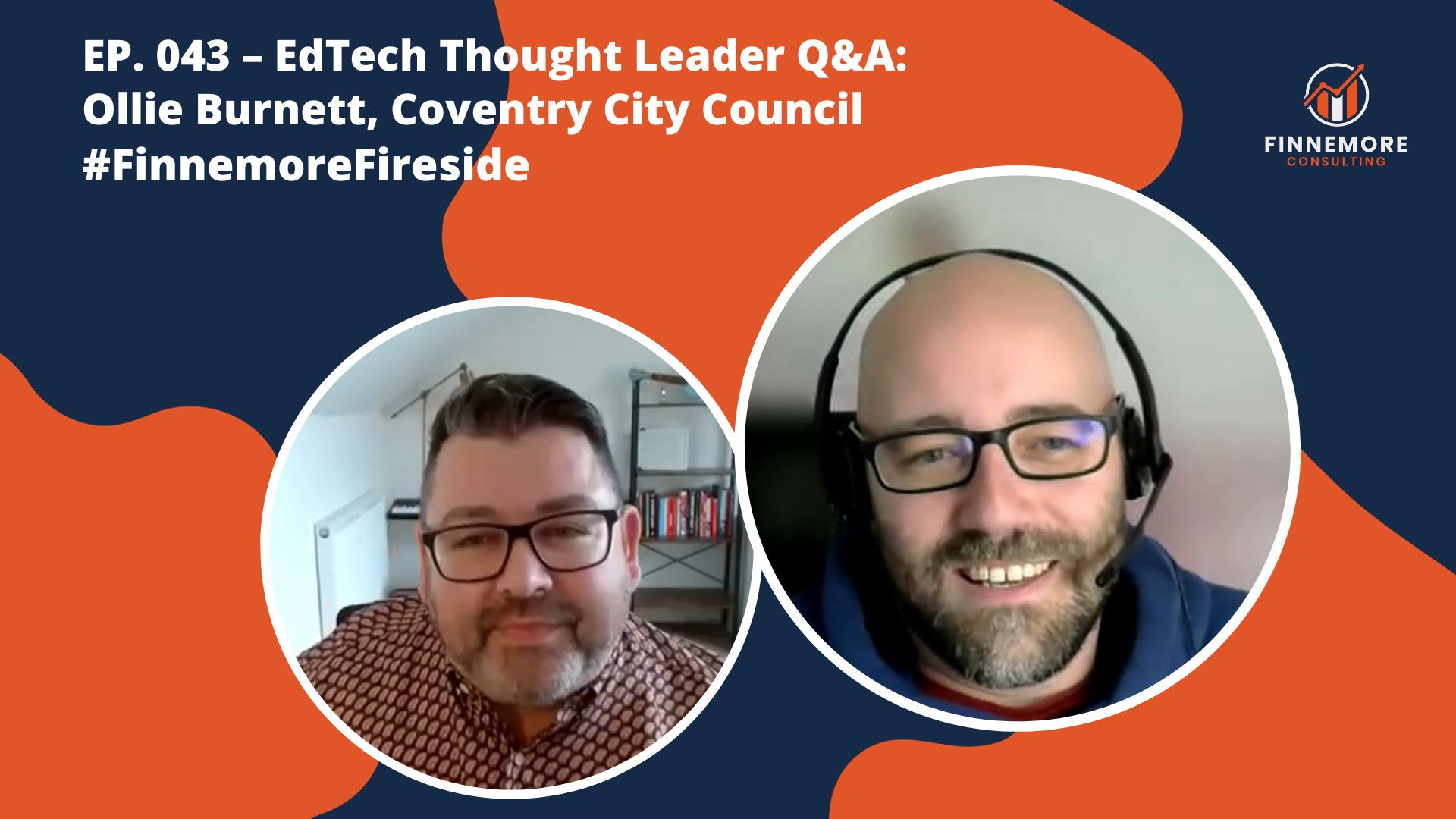It’s a well-known good practice to do your research before you meet with a potential customer. Spending some time understanding them so you can have a decent conversation with them when you meet goes a long way and shows you’re serious about them. The question is: how much is too much?
When selling in education, I worked with a guy for several years who made a point of researching the schools we were due to meet with; he wanted to come across as a ‘trusted advisor’ as opposed to a salesperson. However, he would take it far too far and spend the meeting quoting their school motto at them, discussing their school trips and questioning their exam results; they didn’t feel like he had done his research, they felt like they were being stalked! It ended up having the opposite effect and the staff would become suspicious and back away – it rarely ended in a successful sale.
If you veer too far into the realm of over-research, you’ll likely give your potential clients the creeps rather than impressing them. Striking the right balance is the key to a successful client meeting. Here’s how you can do it:
- Background Research: Start by gathering some basic background information about your potential customer. This might include their mission, vision and values, size, and any recent news or developments related to their school or trust.
- Tailored Questions: Use your preliminary research to frame thoughtful questions. Focus on inquiries that demonstrate your genuine interest and understanding of their needs. For instance, instead of quoting their school motto, you can ask how they envision their future.
- Active Listening: During your meeting, pay close attention to what your potential client says. Listen for pain points, challenges, and objectives. This is where you can showcase your expertise by aligning your solutions with their needs.
- Engage in Two-Way Dialogue: Make the meeting a conversation, not a monologue. Share relevant insights from your sector and how your business can provide value. Encourage your potential customers to share their thoughts and expectations.
- Respect Boundaries: Remember that your potential customers have their comfort zones and boundaries. Respect their personal space and the information they choose to share.
The key to successful customer meetings lies in a balanced approach to research. While thorough knowledge is valuable, your customers ultimately want you to be an expert in your own field, not theirs.
So, be curious, be prepared, but most importantly, be attentive and adapt to your customer’s unique needs. By doing so, you’ll forge more genuine connections and create a stronger foundation for successful sales relationships.



